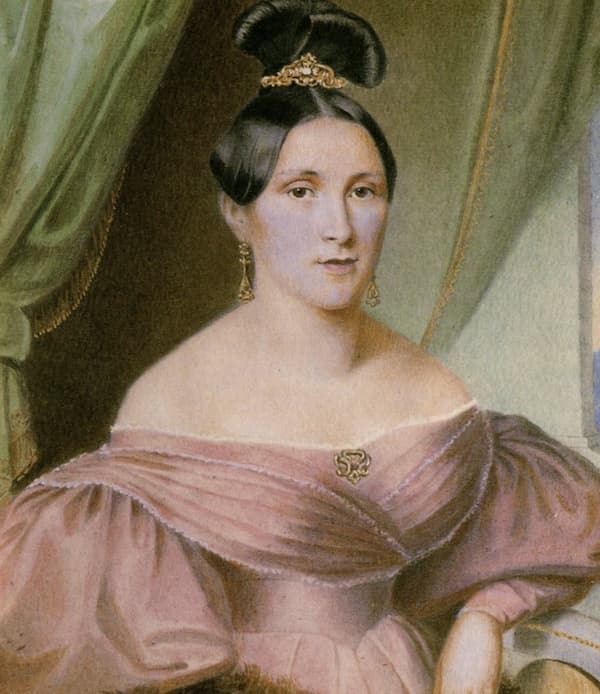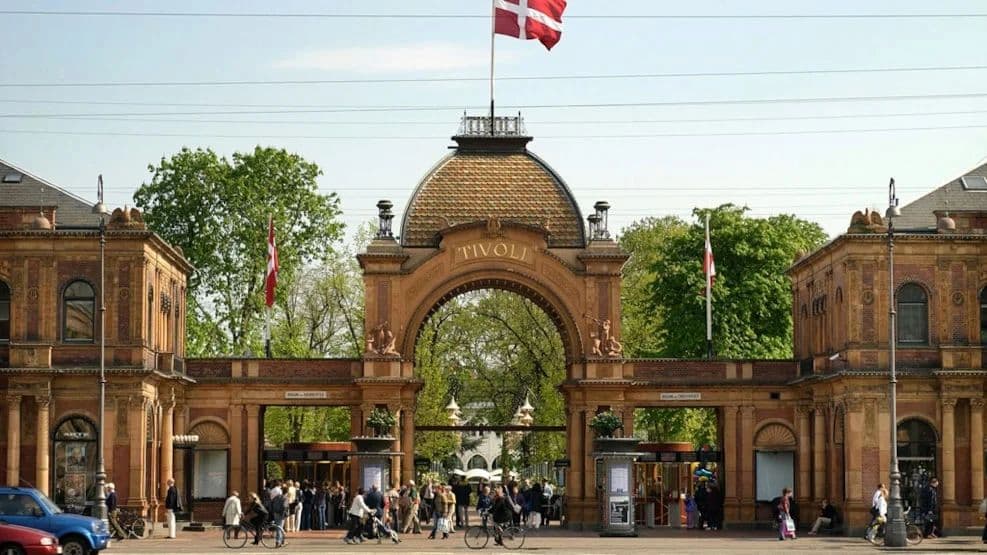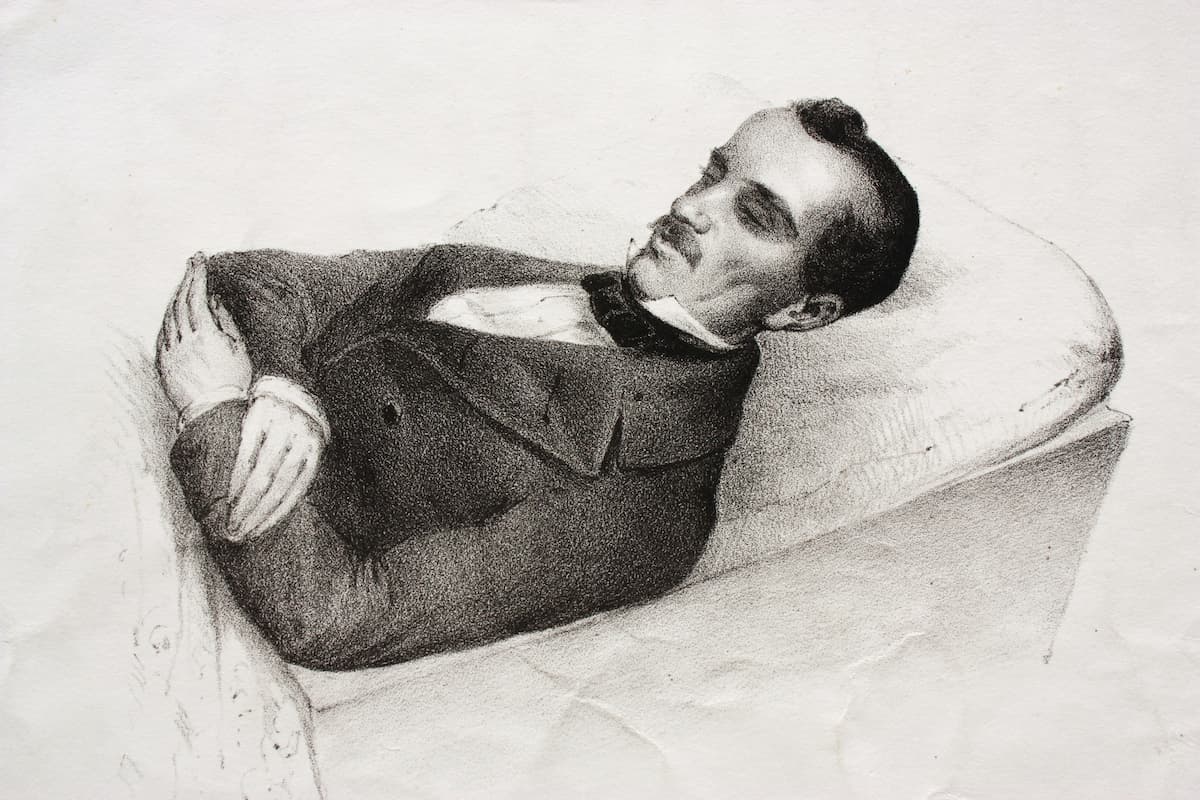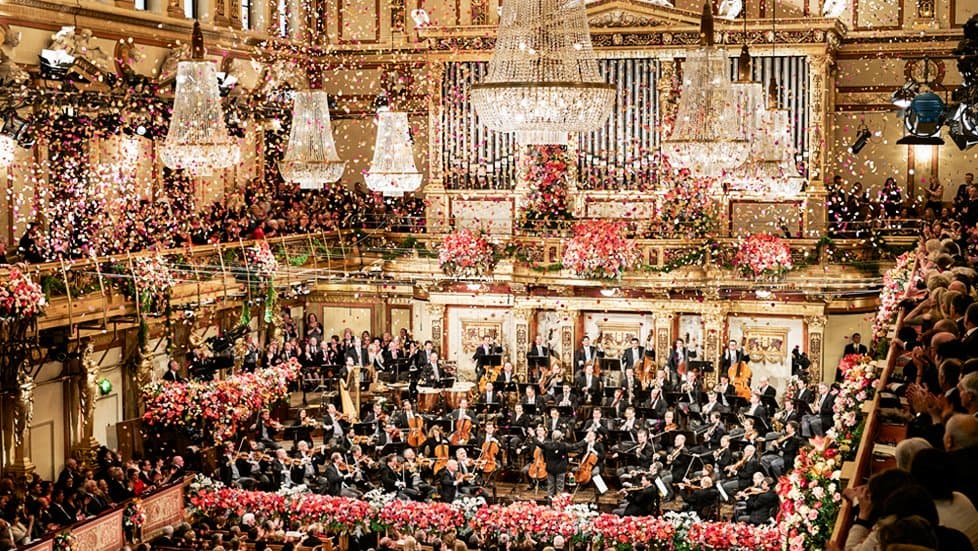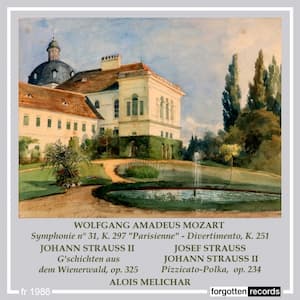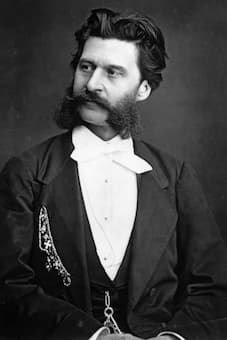Classical musicians often put music into boxes. Sonatas and symphonies are considered Serious with a capital S, whereas waltzes and dance music are often dismissed as mere light trifles. So it may come as a surprise to find out that
Johann Strauss
What would you say if I told you that the entire musical history of Vienna would be extremely different, if not for the little-known, strong-willed daughter of an Austrian pub owner? Today we’re looking at the life and times of
The early to mid-19th century was more than just a time of waltzes, it was also the polka and the galop that held the floor. The most important dancemen came from Vienna: Johann Strauss I and Joseph Lanner. A group
Johann Strauss (Father) was the darling of the Viennese dance craze and simply known as “The Tyrant of Waltz.” As the leader of a hugely popular dance orchestra, he sent the pleasure-seeking and cheery population of imperial Vienna into throbbing
Ever since I was a little girl, my parents made me watch the New Year’s concert of the Vienna Philharmonic. Apparently, as they kept telling me, “it is good for you.” They needn’t have worried, because I loved to watch
Johann Strauss Senior was a very wealthy man indeed. Operating under the assumption that “there is a sucker born every minute,” he filled the dance halls of Europe and performed in front of royalty, even playing for Queen Victoria’s coronation.
Situated just north-west of Vienna, the Wienerwald, the eastern foothills of the Alps were an enticing area for Vienna’s composers – we have many images of composers such as Beethoven and Schubert walking through the Vienna Woods and we have
The American showman and businessman P.T. Barnum famously quipped, “Every crowd has a silver lining.” As the founder of the Barnum & Bailey Circus, an entertainment institution that ran for almost 150 years, he certainly knew how to draw in


